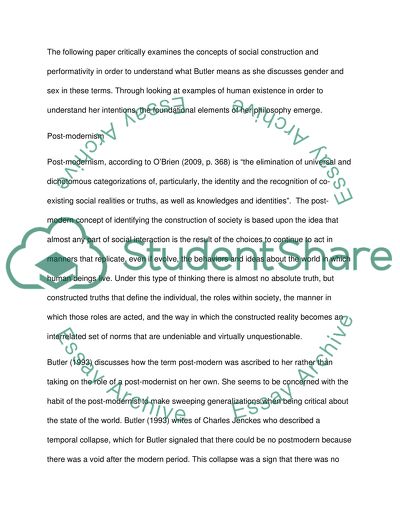Cite this document
(“What does Judith Butler mean by the social construction and Essay”, n.d.)
What does Judith Butler mean by the social construction and Essay. Retrieved from https://studentshare.org/journalism-communication/1482049-what-does-judith-butler-mean-by-the-social
What does Judith Butler mean by the social construction and Essay. Retrieved from https://studentshare.org/journalism-communication/1482049-what-does-judith-butler-mean-by-the-social
(What Does Judith Butler Mean by the Social Construction and Essay)
What Does Judith Butler Mean by the Social Construction and Essay. https://studentshare.org/journalism-communication/1482049-what-does-judith-butler-mean-by-the-social.
What Does Judith Butler Mean by the Social Construction and Essay. https://studentshare.org/journalism-communication/1482049-what-does-judith-butler-mean-by-the-social.
“What Does Judith Butler Mean by the Social Construction and Essay”, n.d. https://studentshare.org/journalism-communication/1482049-what-does-judith-butler-mean-by-the-social.


